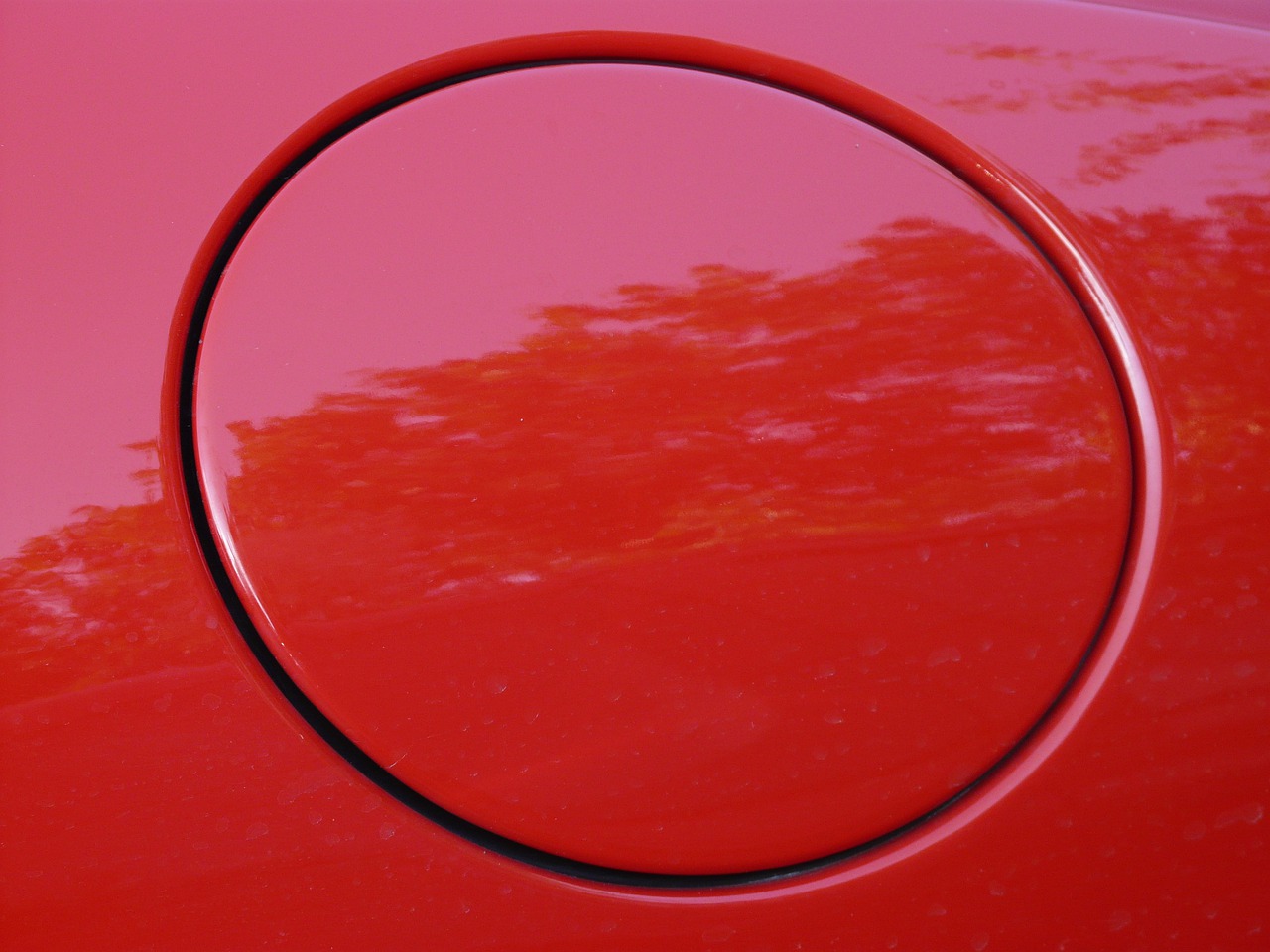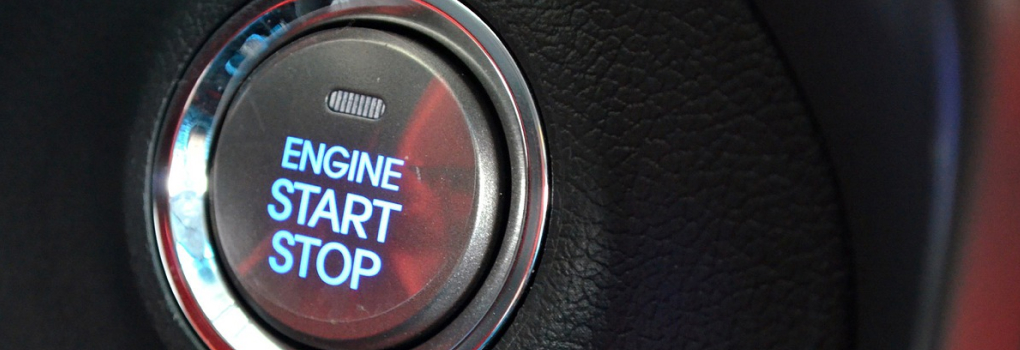To get the most out of your diesel engine, you will need to ensure it is properly maintained throughout its lifespan. This includes keeping fuel additives adequately topped up, taking your car for regular services and noticing when your diesel engine or diesel injectors need cleaning.
For regular maintenance of your diesel engine, using a diesel fuel additive between services and cleans will help to keep your diesel engine free of clogs. It is also recommended to take your diesel vehicle for a quick motorway run every few weeks if you use your vehicle primarily for short journeys. Noticing when your engine and
diesel injectors need cleaning is not always easy but the main signs of a clogged engine are excess soot around the exhaust pipe, dark clouds billowing from the exhaust and struggling to accelerate. These are all signs of a potentially clogged
diesel injectors. If you notice any of these signs, don't fret. A simple clean should have your engine running smoothly again.
To clean your
diesel fuel injectors, we recommend either taking your vehicle to a professional or purchasing a purpose-built fuel injector cleaning kit.
Diesel Fuel injector kits are typically inexpensive and cleaning is fairly straightforward providing you have some prior mechanical skill. However, if you aren't familiar with mechanical work but are keen to learn, you can always call on the help of a friend who is more experienced in mechanical work.

Cleaning a diesel fuel injector without removal
Some
diesel injector cleaning kits work by running a solvent cleaner through the engine. We show you how to use this type of kit below:
Before you shop for a diesel injector cleaning kit, make sure you look for one that is compatible with your engine. The manufacturer or kit stockist should provide a list of compatible engines for you to check. Occasionally, you may need to buy additional parts so that the cleaning kit is fully compatible with your engine. Check with your retailer to see if this is the case.
Once you have your cleaning kit and the engine is switched off, you can begin working on your engine. Switching the engine off first and ensuring the keys are not in the ignition is a must. Working with any part of the engine when running is extremely dangerous and could cause severe injury or even death. It is also important to ensure the engine is cool before working with it as a hot engine is also a dangerous engine. Furthermore, keys should not be in the ignition to help prevent electric shocks.
Once the engine is switched off, you can now remove the fuel pump fuse. Your engines fuse box should be located under the hood and covered with a protective plastic case. Identify the fuse for the fuel pump by referring to your owners manual. Some fuse boxes may use diagrams as labels, in which case the fuse may be easier to identify. You may be able to pull out the fuse with your hand but in some cases you may need to use thin tipped pliers such as needle nosed pliers.
Once the fuse has been disconnected, try the engine to ensure the removal was successful. If the fuel pump has been disconnected, the engine should not start but you may hear a clicking noise. This is the starter trying to activate the engine. remove the keys from the ignition once again/ switch off the engine with the start/stop button.

As the pump has now been disconnected, you can now connect the fuel rail output hose to your diesel injector cleaning kit. The fuel rail is responsible for feeding diesel to the pump. It is also connected to the diesel injector. Your diesel injector kit will indicate where to attach the output hose onto your kit. Attach according to your kits instructions and adjust airflow as necessary.
Once the fuel rail output hose is securely connected to the cleaning kit, you can start your car's engine. Let the engine run for the recommended duration on your cleaning kits instructions (usually about fifteen minutes) and allow the solvent to run through the system. Once the solvent has emptied, the engine will die. This is because the engine is running on the solvent fuel from the cleaning kit. Once the engine dies, remove the key from the ignition and disconnect the kit from the fuel rail.
You can now reconnect the fuel rail and replace the fuel pump fuse. Once everything is back in place, you can restart the engine.
After restarting the engine, listen out for any audible changes. Now that the diesel injectors have been cleaned, your engine should sound smoother and quieter than before. Your engine shouldn't be billowing smoke or stuttering now that your fuel injectors have been cleaned. If this continues to happen after cleaning, we recommend taking your vehicle to a professional for further inspection, as clogged fuel injectors may not be the culprit.



